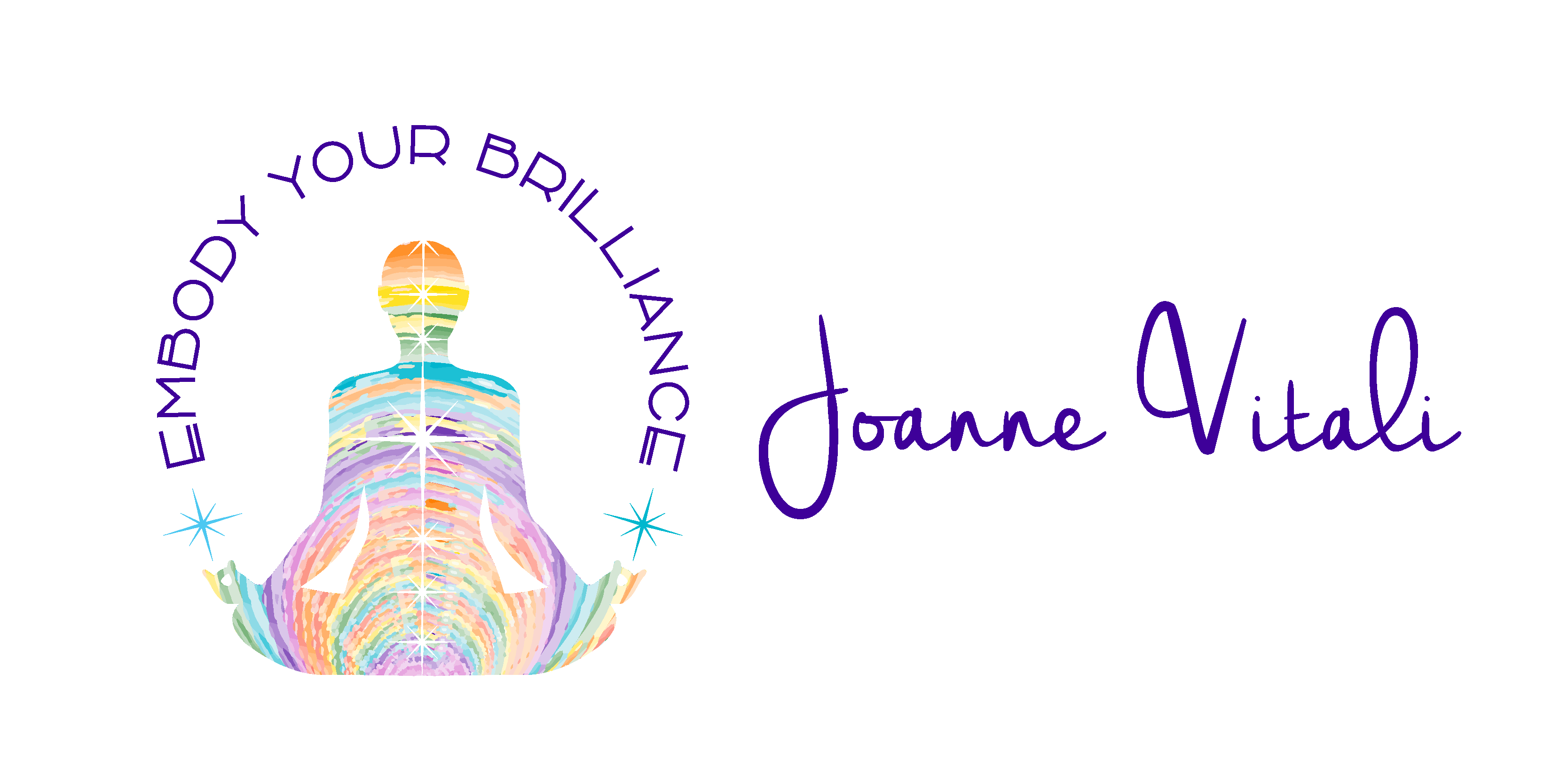We got to see it again as we suffered through 90 minutes watching the debates the other night. The post-debate commentary echoed what we were all thinking and feeling – neither candidate hit it out of the park for us.
The bottom line is:
They aren’t the Leaders we are looking for.
Our world is increasingly social, interdependent and transparent. Change is constant.
The leaders I see are dealing with teams that span the globe. Conference calls, zoom and google hangout are part of every day. They are constantly dealing with disruptive change. Their companies are bought and sold. New cultures are thrust upon them. The younger ones believe that they simply need to get through the latest crisis or management edict. Since I’ve been around a while, I know better. Once this crisis has passed, there will surely be another right behind it.
In this world, what we require of our leaders is not what it used to be. Perhaps that’s why we are so disappointed. Neither candidate exhibits the traits that we are looking for. According to John Gerzema of the Athena Doctrine a global survey of 32,000 people, 7 of the 10 attributes most related to leadership are considered to be feminine. [1] The days of command and control don’t work anymore. The picture in our heads (or more specifically our subconscious) shows a strong, male figure as a leader, one who is decisive, aggressive and uncompromising. And even Hillary has had to adopt male leadership traits to be where she is today. But is this what we need in 2016?
What about the skills of persuasion, relationship building, focus on process vs. outcome, and collaboration? These don’t pop into our heads as readily when we think ‘Leader’, but maybe they should. Carol Turner in an article in Forbes believes that we need more of a balance:
“Both masculine and feminine approaches have strengths and limitations. When an organization is dominated by either masculine or feminine approaches, there is a risk that the downsides of that approach will emerge. With a balance of masculine and feminine approaches, the organization gets more of the strengths and less of the downsides of each.” [2]
Yes, a balance, that’s what we’re after!
Hey Donald and Hillary, can we see more of that?
[1] The top 10 were: Feminine: Expressive, Plans for Future, Reasonable, Flexible, Loyal, Patient, Collaborative, Intuitive. Masculine: Resilient, Analytical, Independent
[2] A Balance of Both Masculine and Feminine Strengths: The Bottom-Line Benefit

